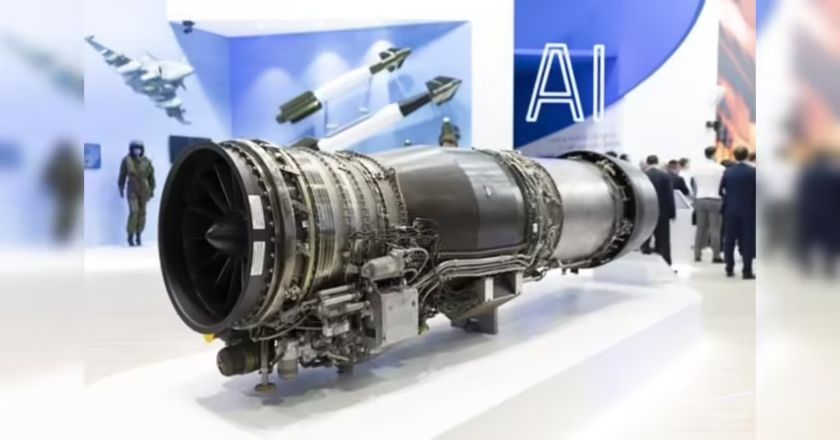New Delhi: The Union government has initiated a fast-track procurement of nearly 300 S-400 air-defence missiles from Russia to replenish the arsenal significantly depleted during Operation Sindoor in May 2025. The acquisition, valued at over ₹10,000 crore, is expected to be cleared within the current financial year following approvals from the cost negotiation committee and the Cabinet Committee on Security (CCS).
According to defence establishment sources, the missiles—sourced from Russia’s state-run arms exporter ROSOBORONEXPORT—will restore the operational depth of the S-400 systems that played a decisive role in neutralising Pakistani aircraft, drones, and surveillance assets during the conflict. The systems were used extensively across the western front, including the high-precision destruction of a wide-bodied aircraft at a distance of 314 km inside Punjab.
Major Expansion Planned: Five More S-400 Units Under Consideration
Beyond replenishment, the armed forces are examining the feasibility of adding five additional S-400 systems to India’s air-defence grid. New Russian Pantsir-S1 units—designed to counter armed and kamikaze drones—are also being evaluated to create a layered, integrated air-defence network.
Out of the five S-400 squadrons contracted earlier, three have already been inducted. The remaining two are expected to be operational by next year, officials confirmed.
S-400’s Role in Operation Sindoor: A Battlefield Game-Changer
During Operation Sindoor, the S-400 Triumf system demonstrated unprecedented effectiveness. Its 91N6E “Big Bird” radar, with a detection range of 600 km and the ability to track up to 300 targets simultaneously, proved central in suppressing Pakistan Air Force (PAF) operations.
Key S-400 achievements during the conflict included:

- Neutralising Pakistani fighters, AWACS, intelligence aircraft, and multiple armed drones.
- Executing a long-range strike at 314 km using the 40N6E missile.
- Forcing PAF to relocate aircraft to bases near Afghanistan and Iran due to the system’s deep-strike threat envelope.
- Providing multi-layered defence against aircraft, UAVs, cruise missiles, and high-speed ballistic threats (up to Mach 14).
From targeting radars in Lahore, Rawalpindi, Sialkot, and Pasrur to blocking PAF activity between May 9 and 10, the S-400 was credited with establishing air superiority across critical sectors.
Why Replenishment Is Urgent
Officials noted that the high rate of missile expenditure during Operation Sindoor created an immediate requirement to refill stocks to maintain preparedness. The Defence Acquisition Council, chaired by Defence Minister Rajnath Singh, has already granted “Acceptance of Necessity,” enabling swift processing of the procurement.
Focus on Strategic Readiness Amid Regional Tensions
The upcoming summit between Prime Minister Narendra Modi and Russian President Vladimir Putin may also touch upon future defence collaborations, including possible interest in the next-generation S-500 system. However, no major announcements are expected at the meeting.
The decision to replenish S-400 missiles underscores India’s commitment to sustaining its air-defence edge amid persistent regional security challenges and evolving aerial threats. It also reaffirms the strategic depth of Indo-Russian defence ties, with Moscow remaining a key supplier of advanced missile and radar technology.
With this acquisition, India aims to ensure that its most potent air-defence asset—the S-400—remains fully stocked, fully ready, and fully capable of deterring hostile aerial incursions in any future contingency.





